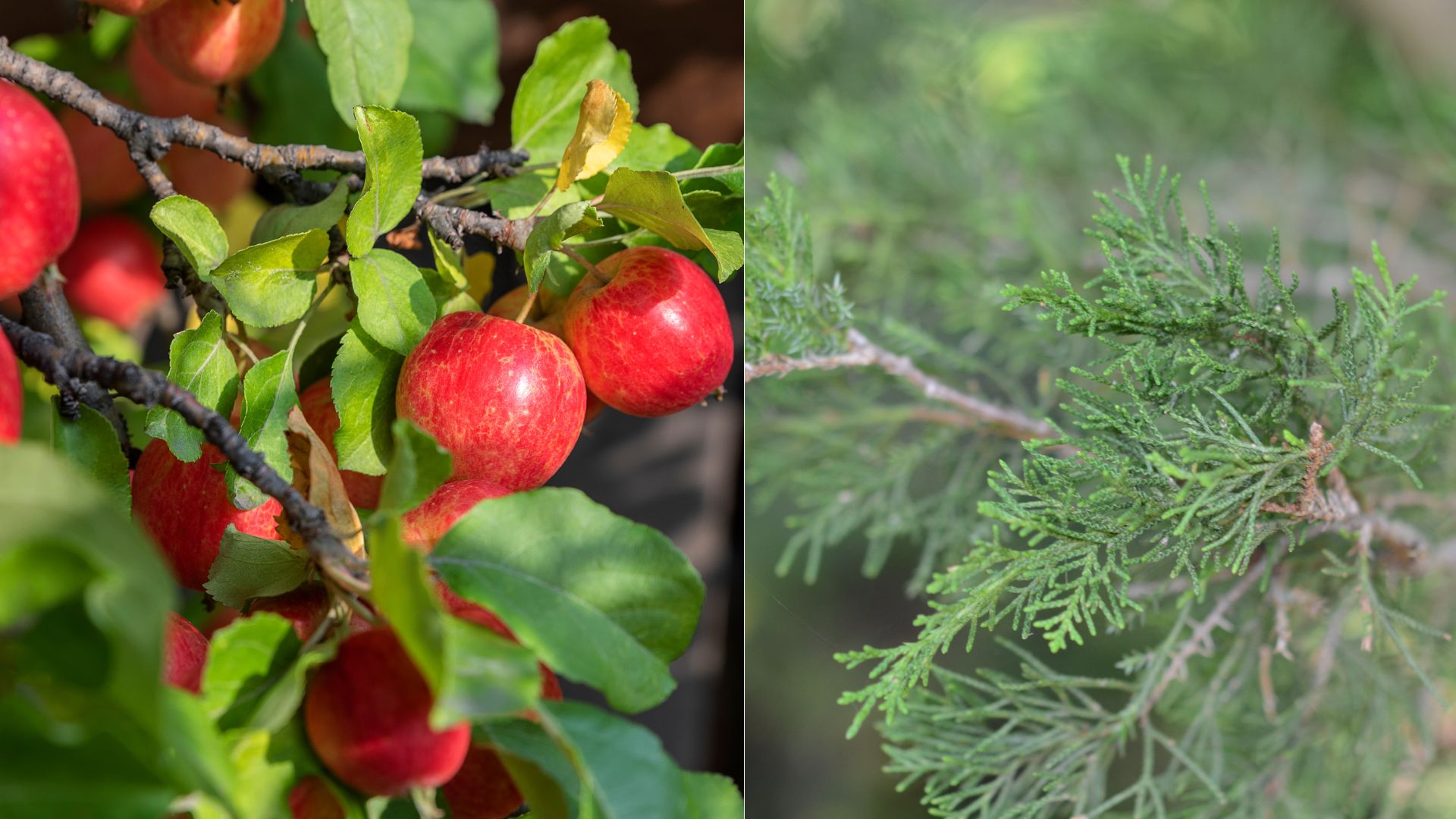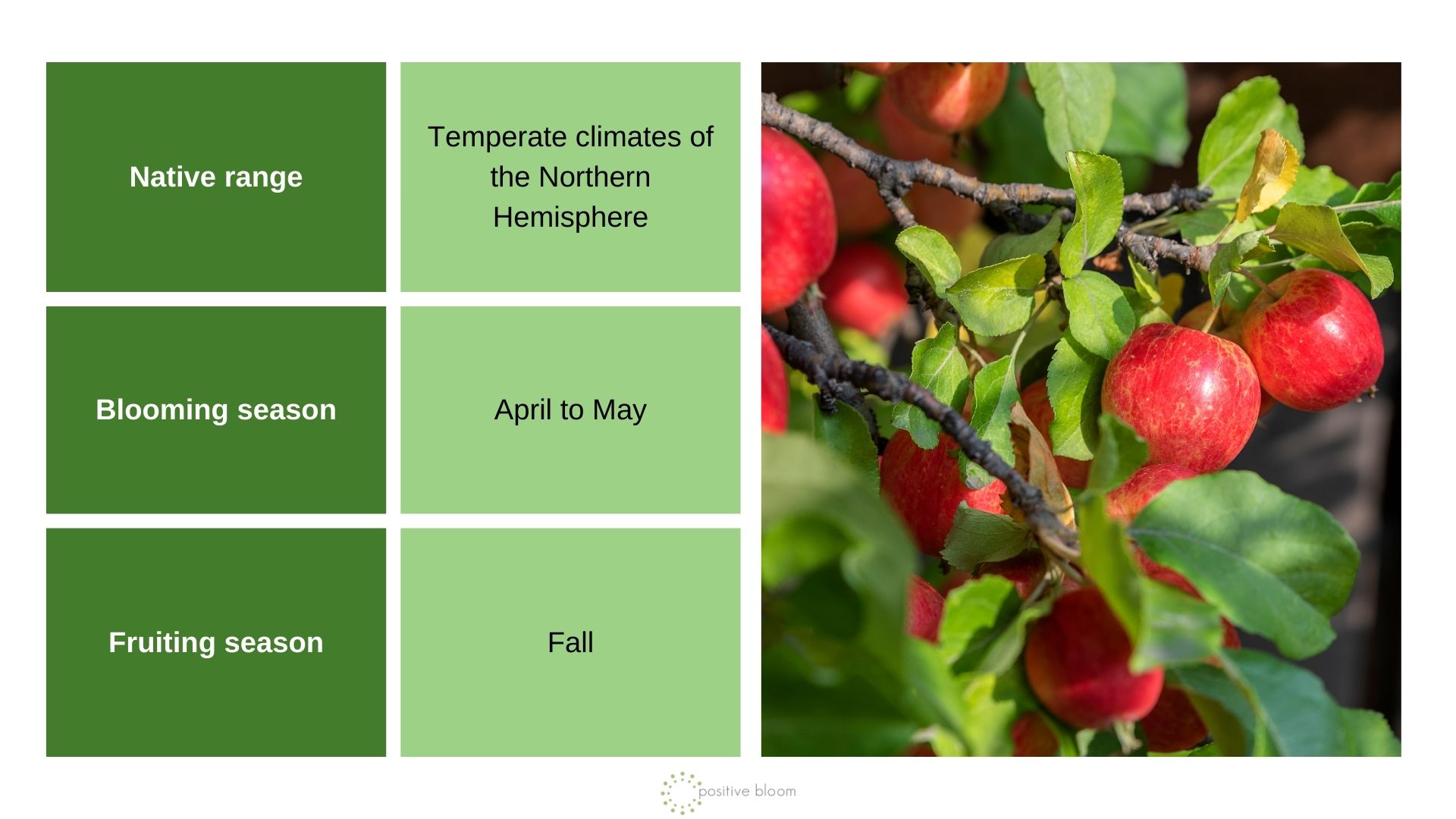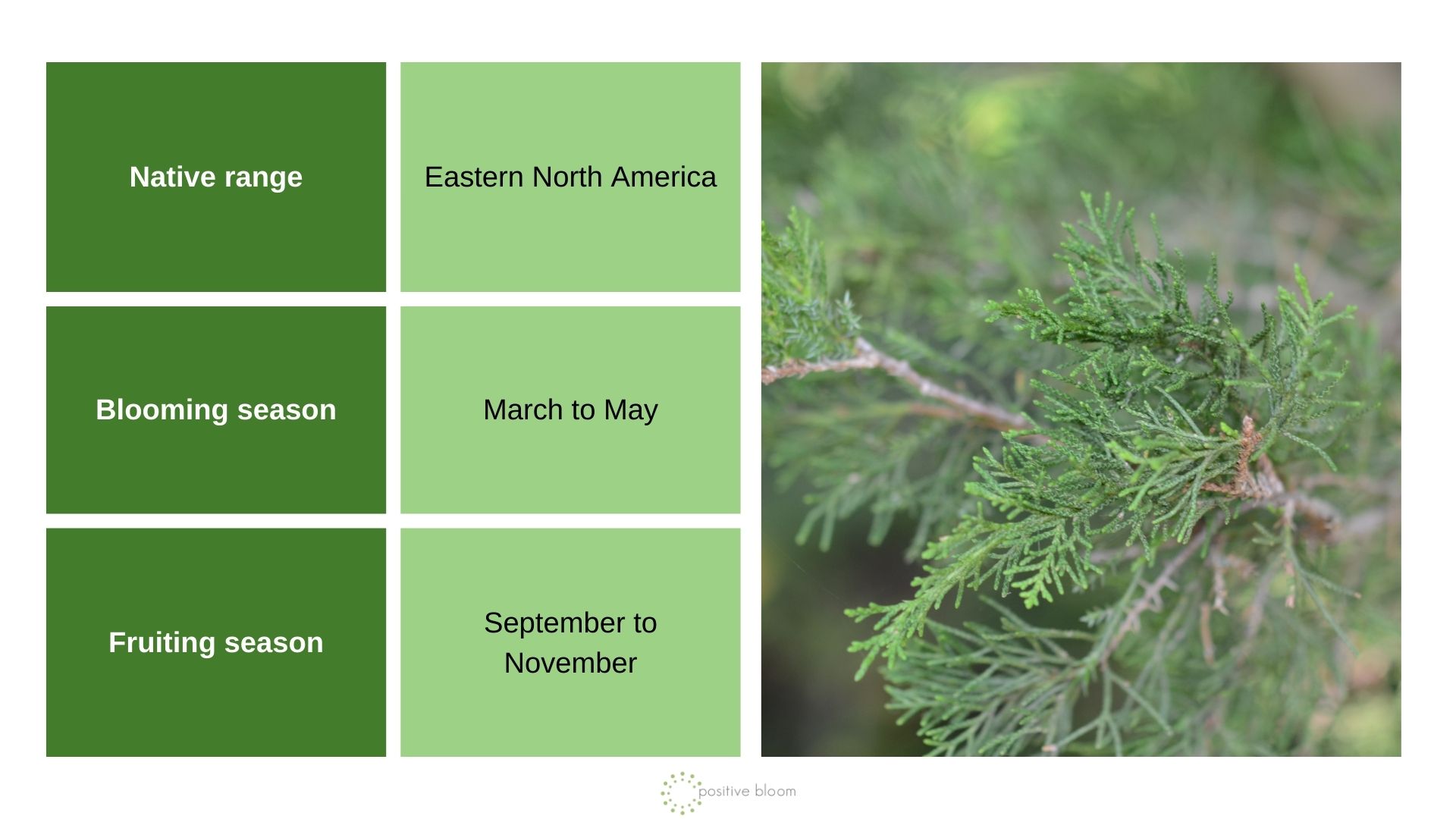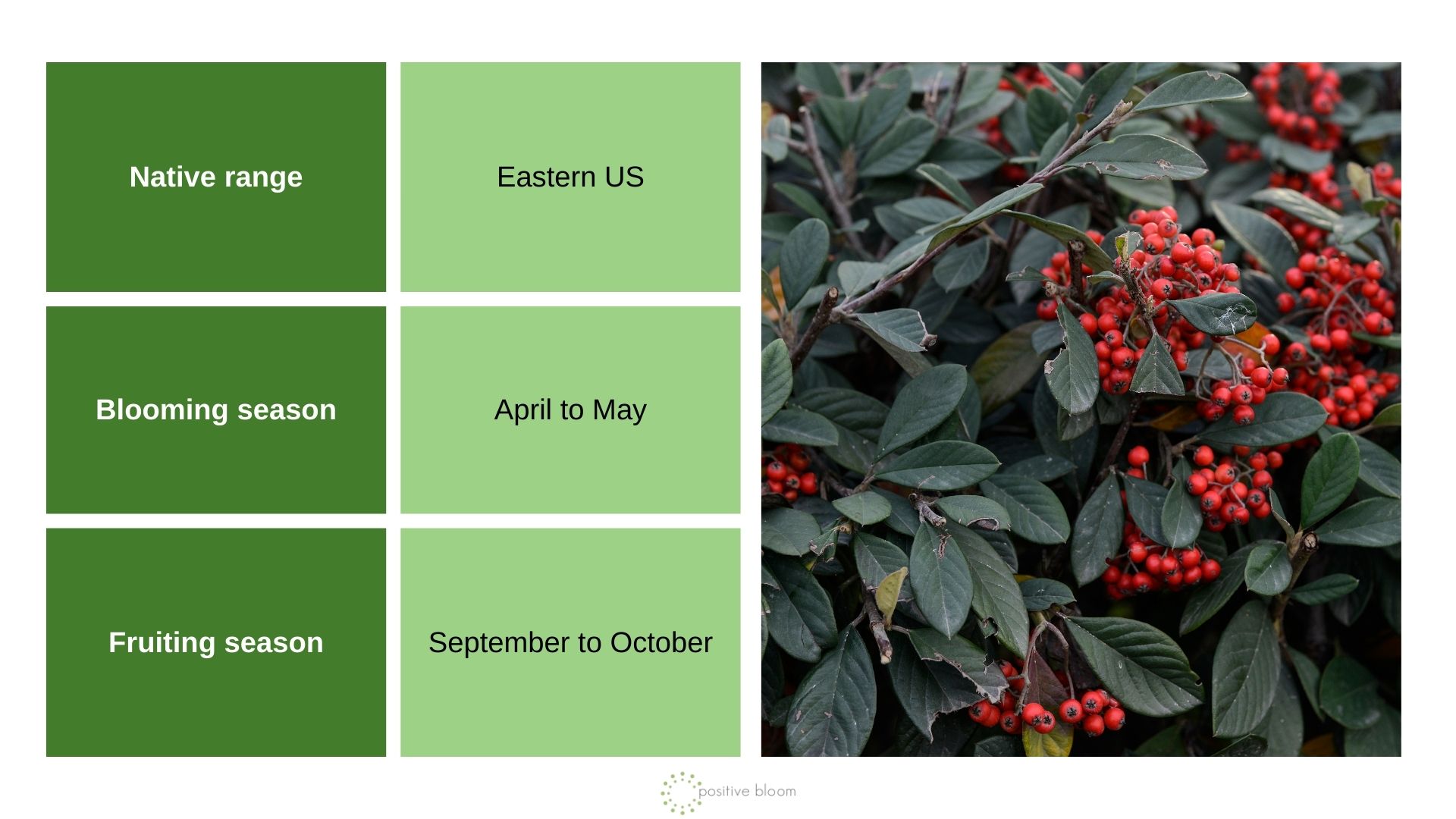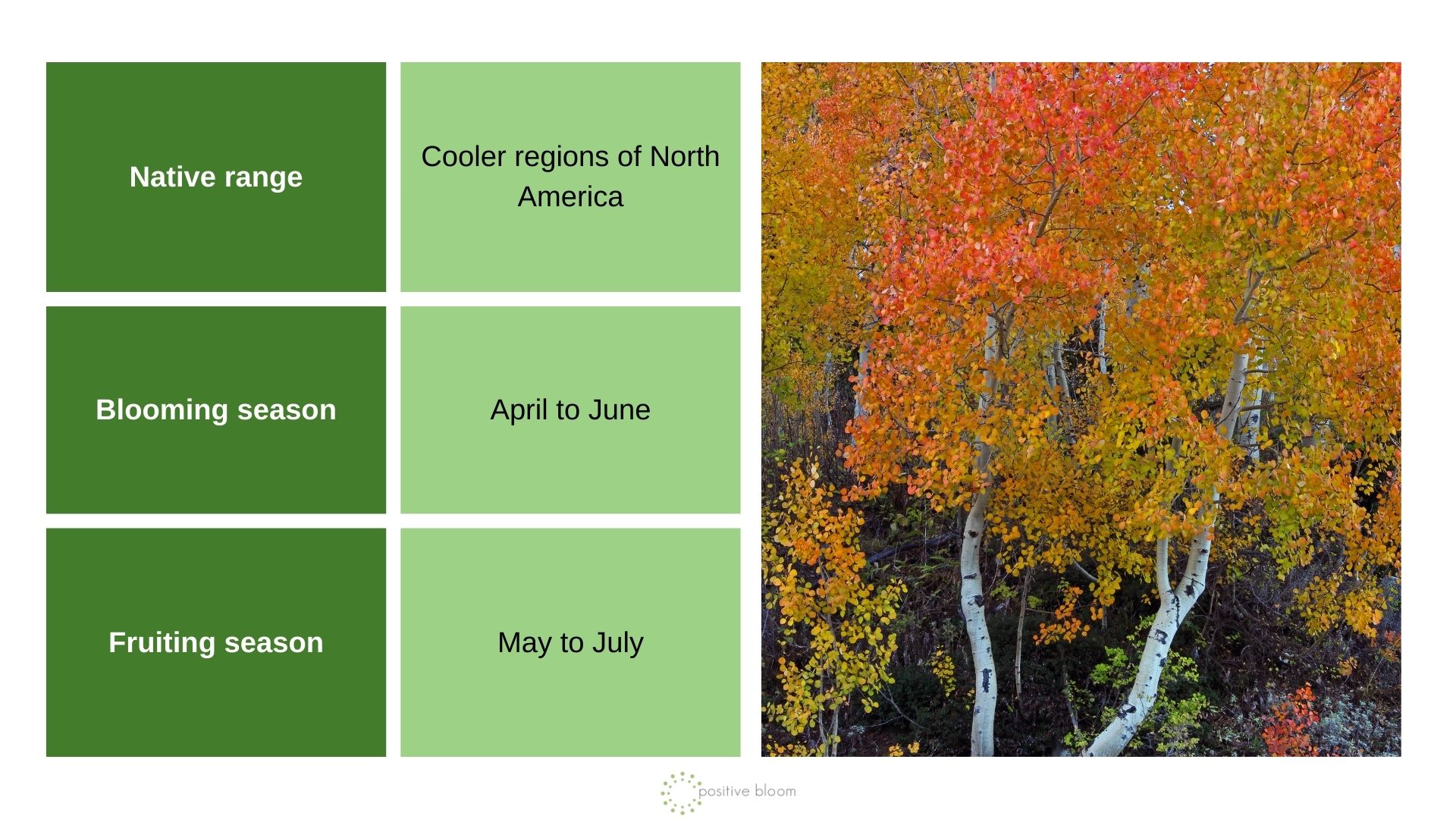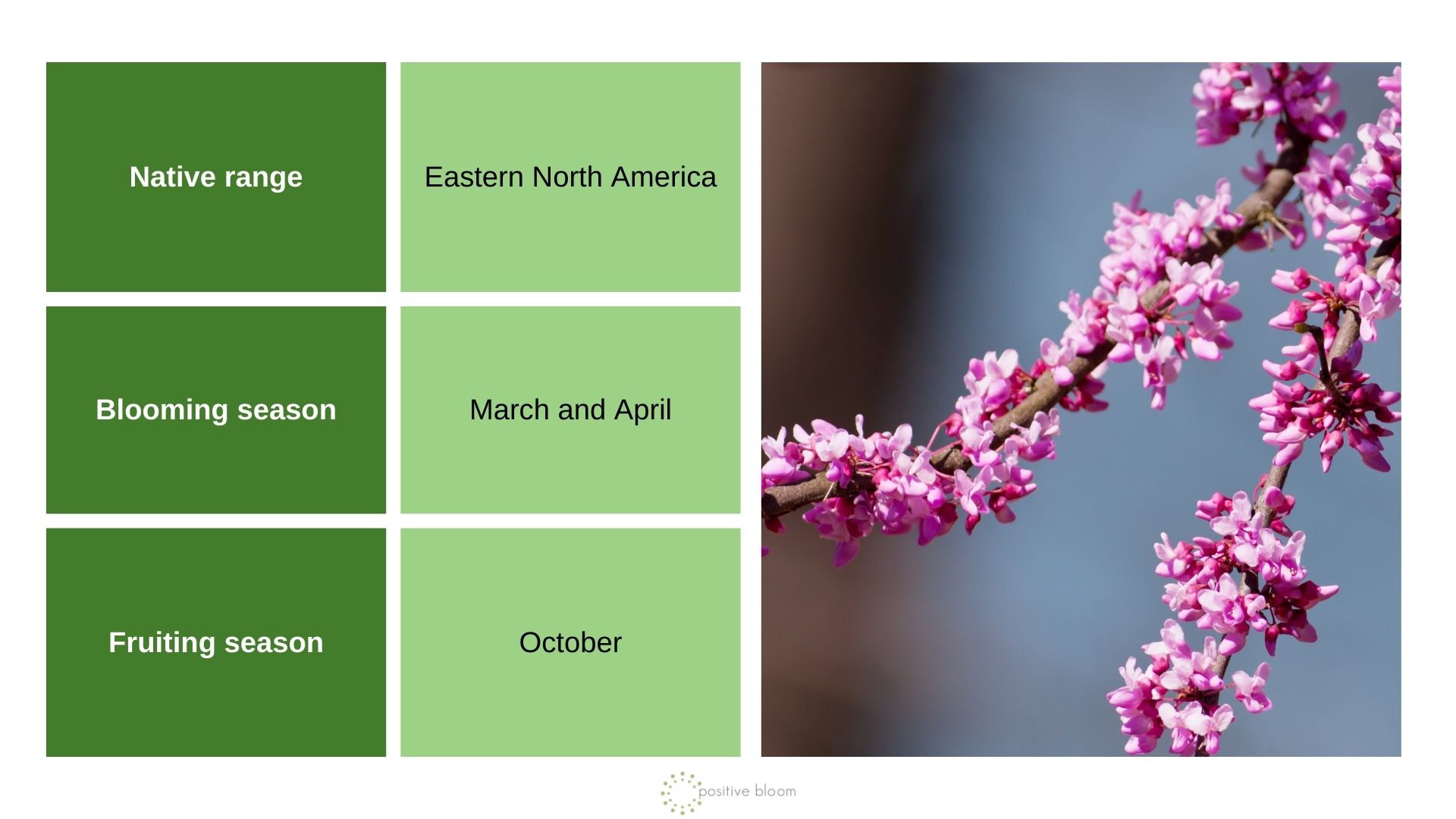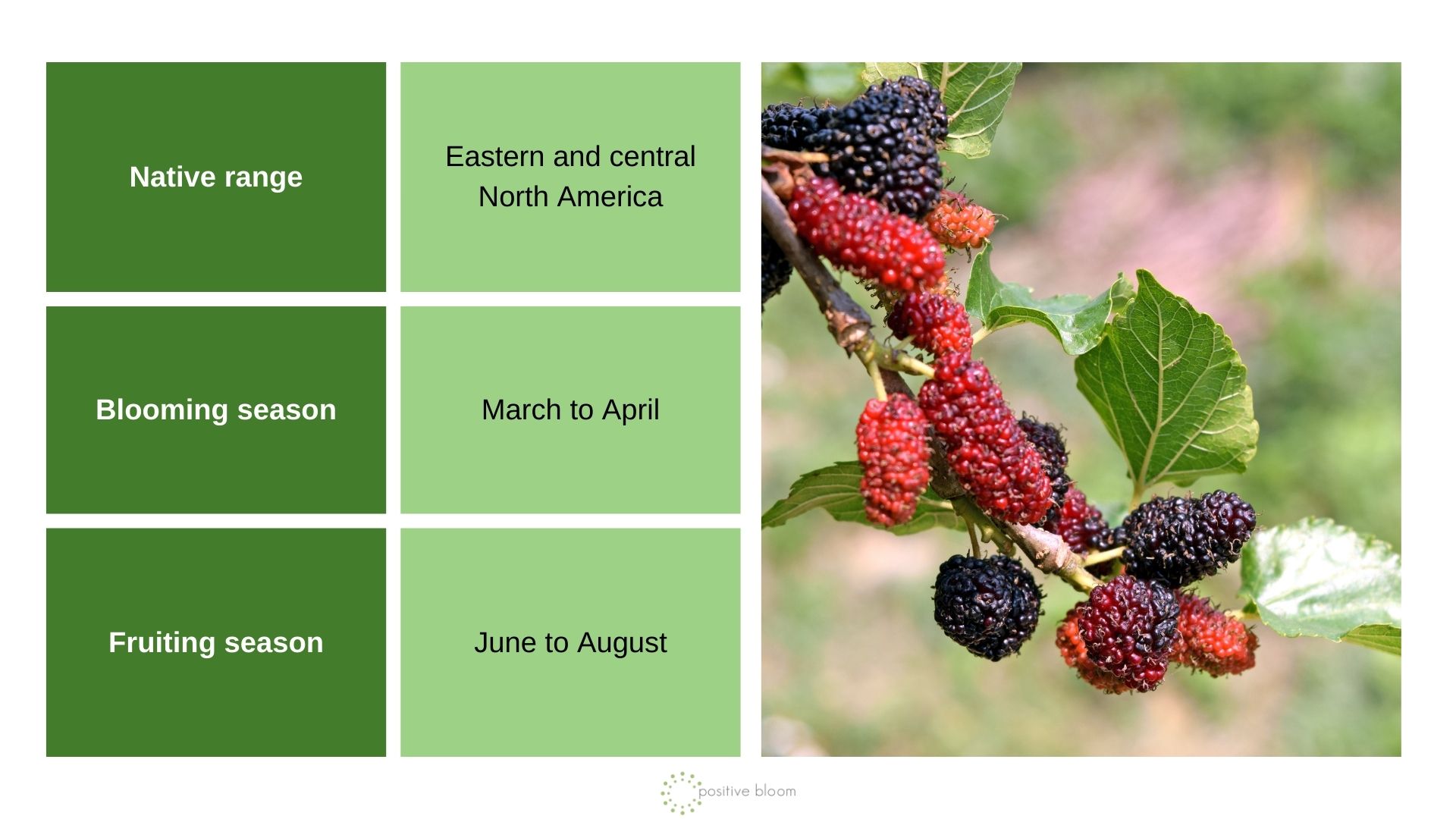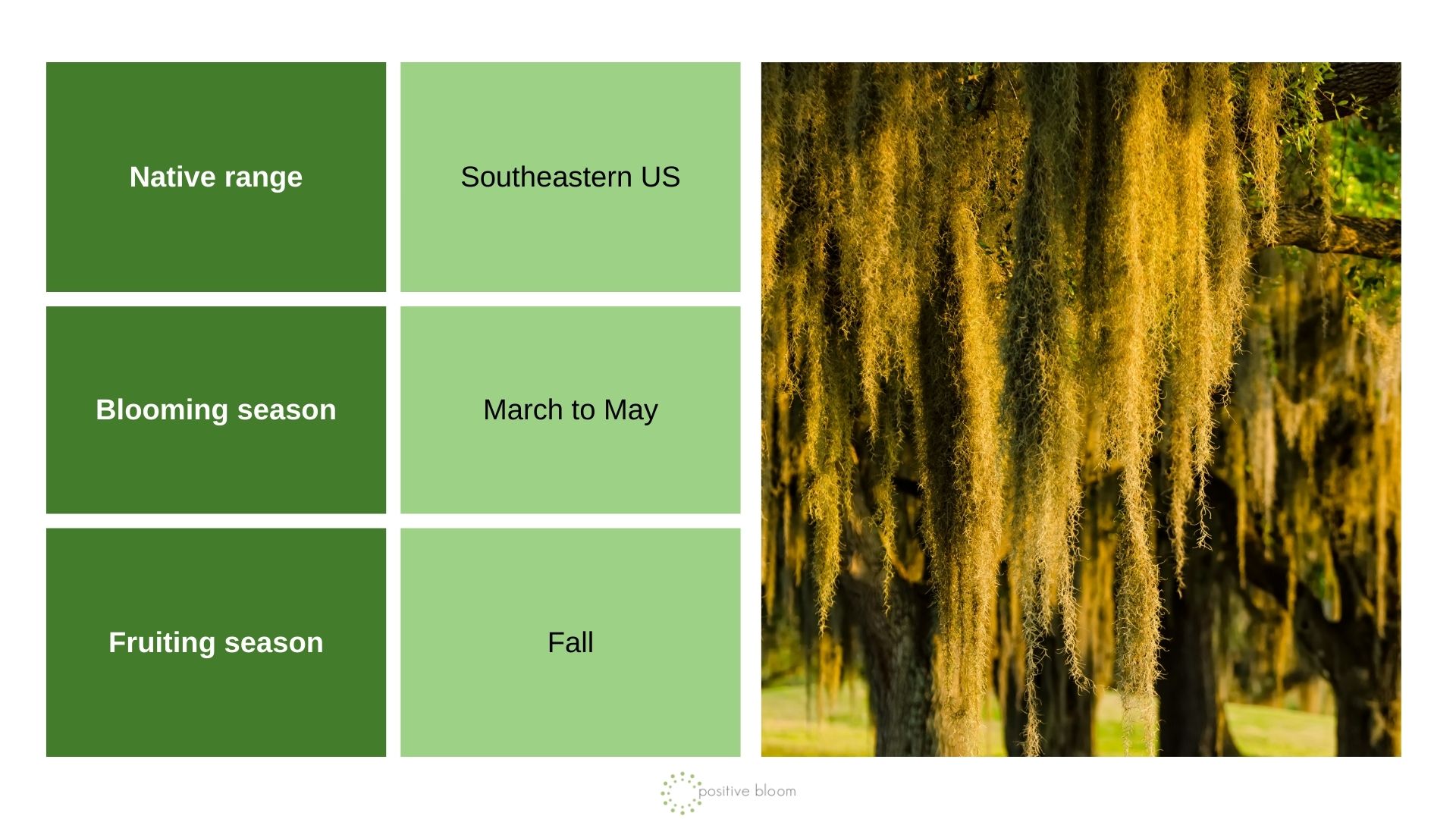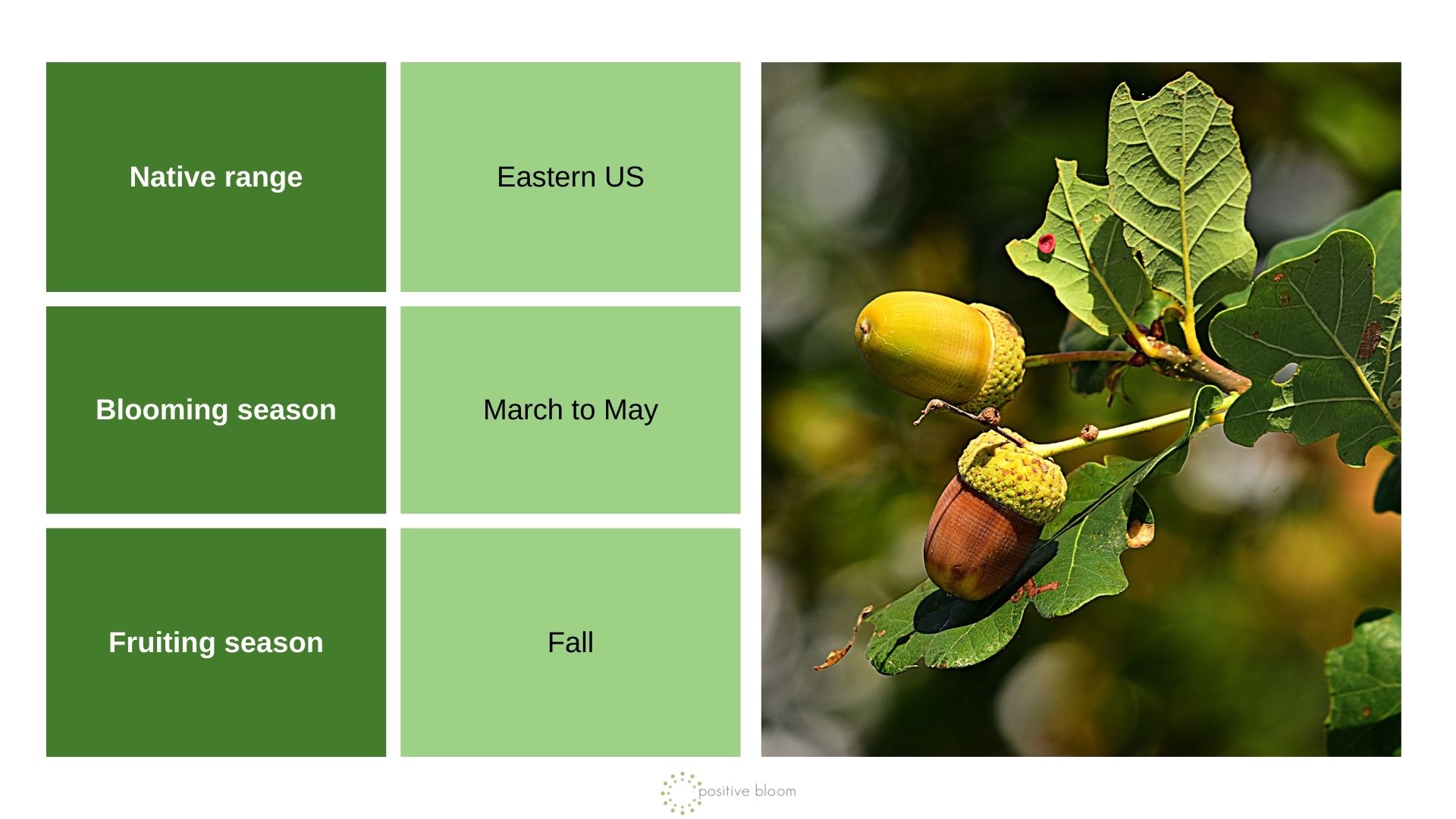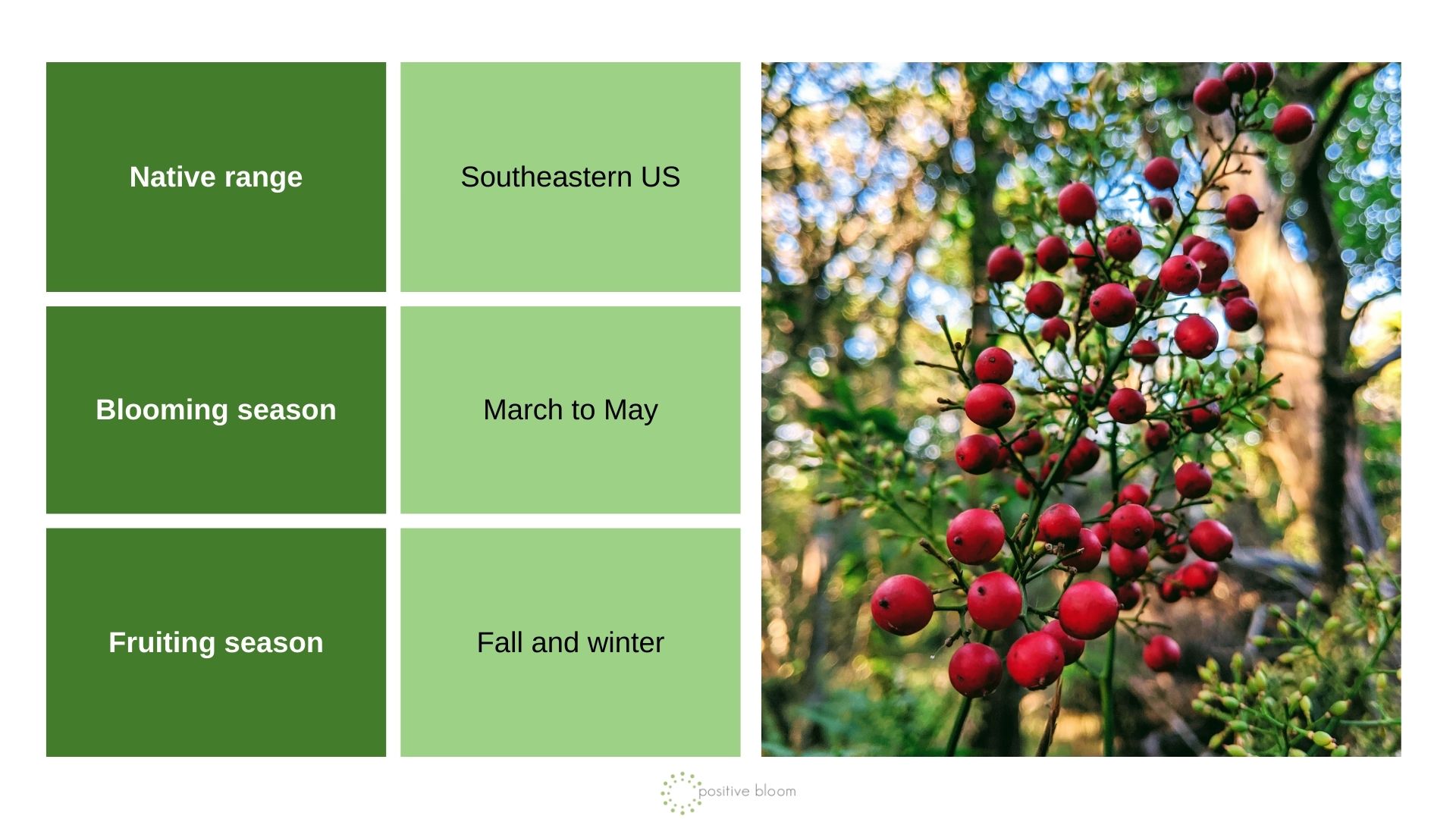Winter is slowly approaching and it is high time we started thinking about the little friends that lurk in our gardens.
Birds, squirrels, chipmunks, and other critters need food and shelter during the colder season, and it is us who can make that happen.
By planting trees for wildlife, we get to help these animals and have a seasonal interest in our garden. So why not do it?
Here are ten options to get you started, along with their quick care guides so that you can see whether they fit your needs.
Let’s get started!
#1 Crab Apple
You can find crab apples on the list of low-maintenance trees to grow in your garden. They start producing their fruit in summer and mature in fall, but they’re the sweetest if harvested in winter.
So, you can have delicious fruit throughout winter and leave some for your crittery friends. Blackbirds, thrushes, crows, mice, voles, badgers, and foxes all enjoy crab apples.
Growing up to 15-20 feet tall, this tree is perfect for smaller gardens. It adorns spring gardens with white and rosy blossoms, summer gardens with bright or dark green (sometimes purple) foliage, and bears fiery fruit in fall and winter.
And the best part is that there are many cultivars that have adapted to urban areas, tolerating air pollution, drought, poor drainage, and heavy soils. ‘Adams,’ ‘David,’ ‘Profusion,’ and ‘Red Splendor’ are some of the options.
#2 Eastern Red Cedar
You can’t go wrong with this red cedar if your goal is to add visual interest to your garden, attract wildlife, and promote biodiversity.
Its red-brown color provides a great contrast to white snow, while the silver-blue juicy berries provide food for various mammals and birds, including cedar waxwings, grosbeaks, bluebirds goldfinches, rabbits, mice, racoons, skunks, possums, etc.
Sparrows, mockingbirds, robins, and other birds use the dense foliage of this cedar as a cover and a nesting area.
Eastern red cedar usually grows up to 30-35 feet and spreads around 12-15 feet wide. If you want it to thrive, give it plenty of space, ensure it is in a sunny place, and plant it as far away from apples as possible to avoid cedar-apple rust (100 feet away is just enough).
#3 Hackberry
Many gardeners treat hackberry as a weed, but this tree has a lot of potential. It can grow up to 30-50 feet tall, so it’s more suited for larger gardens.
Its delicious drupes are ready for eating in September or October, but they can remain fresh throughout fall and winter.
That means you can leave some for woodpeckers, quail, robins, waxwings, and other avians. But that’s not all! The hackberry foliage provides shelter to butterflies and keeps the larvae of various species safe.
Smaller mammals will also enjoy hackberry drupes, deer will graze on the foliage in the absence of their preferred food sources, and the entire tree provides shelter to all these animals.
And if that’s not enough, the tree is fairly disease-resistant and tolerates urban planting sites, making it an excellent choice for beginners.
Warning: Hackberry can quickly spread throughout your garden, so mow it regularly or try this hack for removing unwanted plants from your garden.
#4 Quaking Aspen
So your goal is to attract wildlife, have a unique garden, and plant spiritual trees all over your outdoor space? Call it mission accomplished because quaking aspen has it all!
This tree provides food and shelter for various animals, from black boars, deer, elk, and moose to various birds and smaller mammals like voles, mice, shrews, chipmunks, and rabbits.
It can get up to 50-100 feet tall and has a short life span (up to 50 years). However, it makes up for it with its fast growth, so you and your local wildlife will be able to reap its benefits.
Quaking aspen can grow in various soils, so you don’t have to prepare perfect conditions for it; it will thrive anyway.
#5 Redbud
Just like any tree, there are benefits and drawbacks of having redbuds in your yard. However, the abundance of vivid pink blossoms in spring and leguminous pods in fall are what really make this tree stand out.
It is an excellent choice for attracting pollinators, deer, squirrels, and birds because the pods can last throughout winter, providing food when other options are scarce.
They usually grow up to 25 feet tall and are perfect for around buildings and in smaller gardens.
Thriving in full sun, they can also tolerate shade and will bloom profusely from March to May, depending on your region.
The tree itself is deciduous and produces red and deep plum foliage that turns vibrantly purple, orange, and scarlet in fall, providing a year-long interest.
Warning: Rabbits can decimate young trees, so make sure to protect the trunk with guards.
#6 Red Mulberry
Also known as everbearing mulberry, this plant is on the list of best bare root trees for bumper crops.
It typically grows between 26 and 40 feet tall and spreads 13-26 feet wide, so you’ll have to find a spot with plenty of space for it.
But once it starts flowering and bearing fruit, you won’t look back. Its deciduous leaves provide seasonal interest, while berries throughout summer offer food for birds, deer, and squirrels.
It grows quickly and provides shelter for various insects, including butterflies, moths, and long-horned beetles. The larvae of these bugs attract woodpeckers, which promotes biodiversity in your garden ecosystem.
#7 Rowan
Native range: Temperate climates of the Northern Hemisphere
Blooming season: May to June
Fruiting season: August to September
Rowans are some of the best trees for fall color, but there are many varieties to choose from. If you want seasonal interest as well as plenty of wildlife in your garden, then ‘Joseph Rock’ is the perfect choice.
Rowan trees provide an excellent food source for browsing animals, such as deer, and for birds, which feed on their berries.
The fruit of this tree can remain on it well into winter, offering something to eat when other food is long gone.
This tree can get up to 50 feet tall and lasts for about 120 years.
#8 Southern Live Oak
Southern live oak is a fast grower common in Florida, Georgia, Texas, and Oklahoma. It provides food and shelter for various birds and mammals throughout the year, especially in fall, when its acorns are ripe and start falling to the ground.
Birds, squirrels, and other small mammals feed on them, while wasps and other insects use acorns for shelter as well as food.
This live oak has an extremely long life and tolerates wind and drought like a champ. It typically grows up to 66 feet tall and spreads around 89, so you’ll need plenty of space if you plan on growing it.
#9 White Oak
White oak grows slowly and provides shelter and nesting areas for birds and small mammals in addition to food.
The fruit appears heavy on its branches in summer and ripens in fall. I’m talking about acorns. They are an invaluable food source for squirrels and birds during fall.
Also, oak leaves harbor caterpillars and there are many bird species that feed on them.
So if you want to promote biodiversity in your garden, make sure to plant an oak tree. Just know that white oaks can get up to 65-100 feet tall and need soil with great drainage and not many obstacles (rocks, boulders).
Plant it as far away from your home and pipes as possible and it will last for decades (possibly a century).
#10 Yaupon Holly
So you can’t decide between mistletoe and holly? Let me help you with that! Both look amazing, but add a Yaupon holly to your garden and you’ll get not only visual interest, but also attract songbirds, gamebirds, and smaller mammals to your yard.
Its dense canopy provides shelter and nesting sites to all these animals during harsh winters, while berries act as a great food source.
And if that’s not enough, you can train your Yaupon holly as a traditional tree, hedge, or a shrub, planting it in any type of soil with good drainage and providing it with sun or shade. It is almost indestructible!
Also, Yaupon holly is North America’s only naturally caffeinated plant, so you can use its leaves to brew an energizing tea. (1)
Of course, there are various cultivars of Yaupon holly, but ‘Pride of Houston’ and ‘Jewel’ offer an immense yield, while ‘Aureo’ produces yellow berries.
Plant Small Trees To Attract Wildlife
Even small trees can provide food and shelter for wildlife, whether you grow them in your garden or containers. Choose those with seasonal interest and berries, such as holly or dwarf varieties of the trees I mentioned above.
Flowering dogwood is another excellent option because it attracts pollinators with its flowers, birds with its berries, and looks gorgeous throughout the year.
References:
1. Shufer, V. (n.d.). Yaupon Holly: A North American Plant Source of Caffeine. HerbalGram: American Botanical Council.

